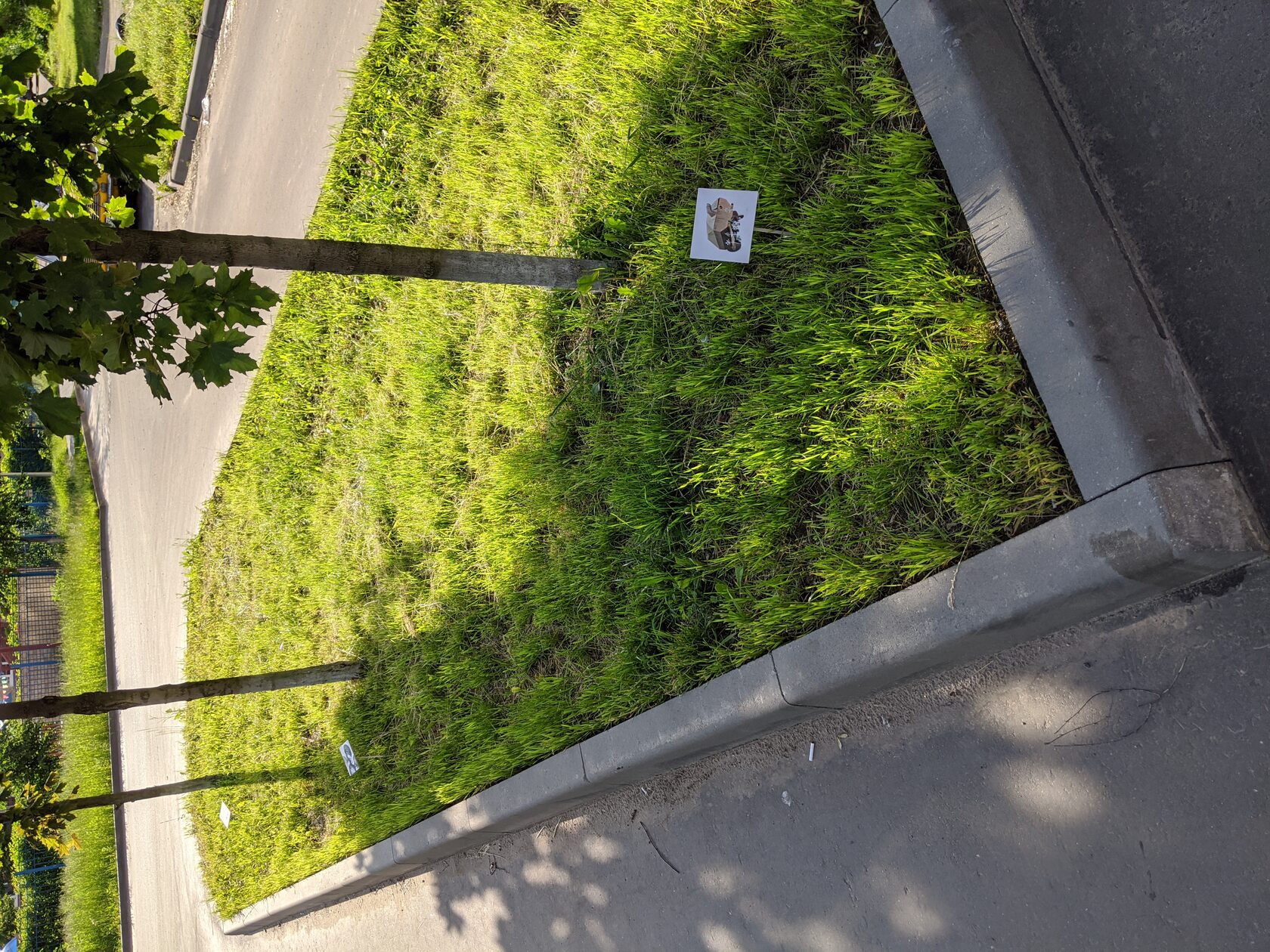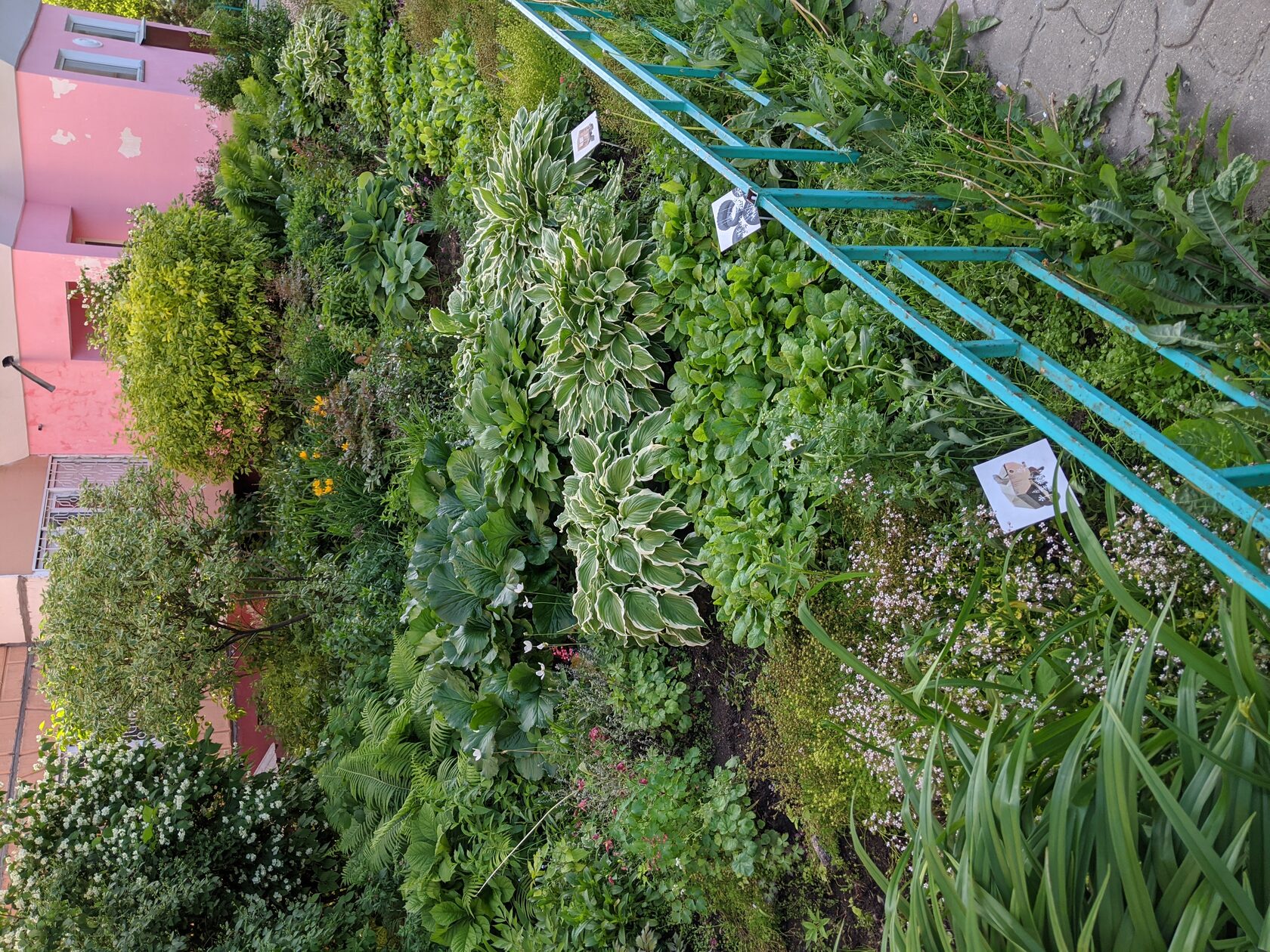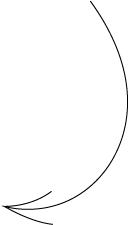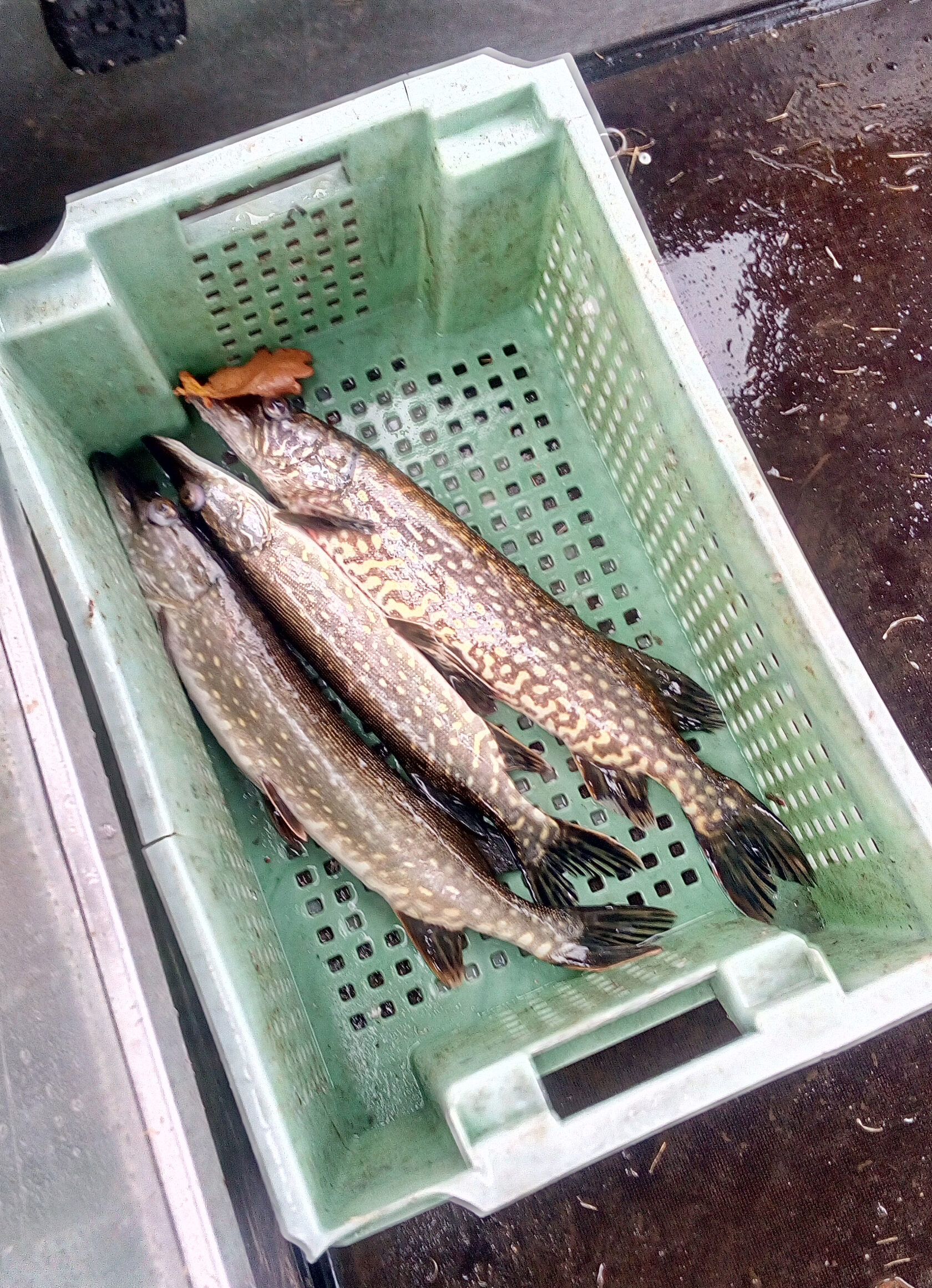installation exploring text/image and culture/nature dichotomies

'Planting structures' explores three locations in Karelia: a botanical garden of Petrozavodsk, an open-air museum garden in Kizhi and a Russian dacha garden plot in Vorobyi village. The work focuses on the points where culture and nature collide. It attempts to grasp the subtle oddities of these collisions in an installation where garden signs point to 'nature', that is, apparently, nowhere to be found. Three groups of garden signs recreate the experience of walking through three gardens, so drastically different, but so close in how they illustrate the culture/nature, word/image and private/public dichotomies.
The work was exhibited within two exhibitions in 2020 and were hosted by 'Na Peschanoy' gallery (Moscow) and Het Nieuwe Instituut (Rotterdam).
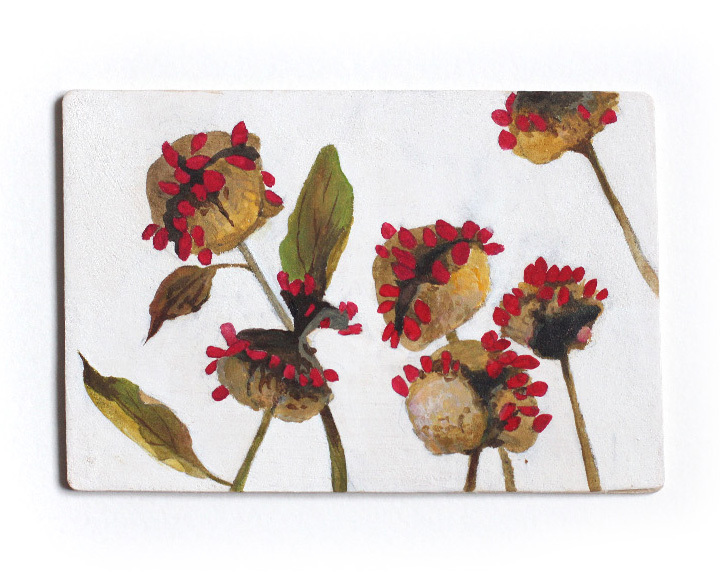

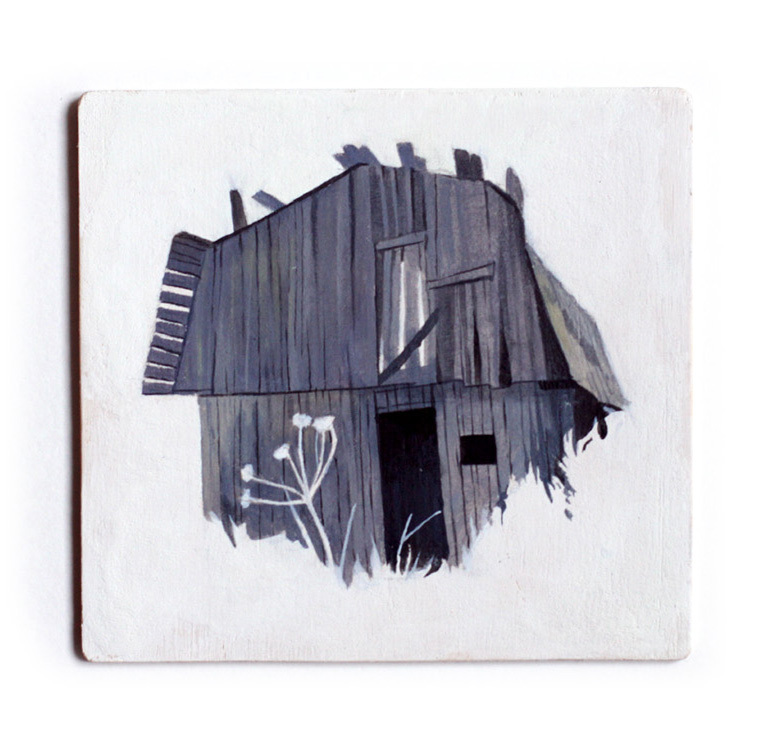


'What Do Landscapes Say?' had an exhibition at 'Na Peschanoy' gallery (Moscow) in October 2020, and the garden sign installation was shown alongside the works of all the research group.
Exhibition participants: Yue Mao, Maria Malkova, Rachel Bacon, Nataly Lakhtina, Vera Mennens, Polina Veidenbakh, Radha Smith, Ksenia Kopalova
Photo: Mitya Lyalin

Prior to an exhibition in Moscow, 'What Do Landscapes Say?' was shown in Rotterdam at Het Nieuwe Instituut in August 2020.
Exhibition participants: Yue Mao, Maria Malkova, Maria Kremer, Rachel Bacon, Nataly Lakhtina, Vera Mennens, Polina Veidenbakh, Radha Smith, Ksenia Kopalova.
Photo: Jhoeko

This project was made possible by Creative Industries fund NL, with support from Het Nieuwe Instituut, 'Na Peschanoy' Gallery, Mondriaan fonds, CCI Fabrika, Nida Art Colony, Stroom Den Haag, Strelka Mag.

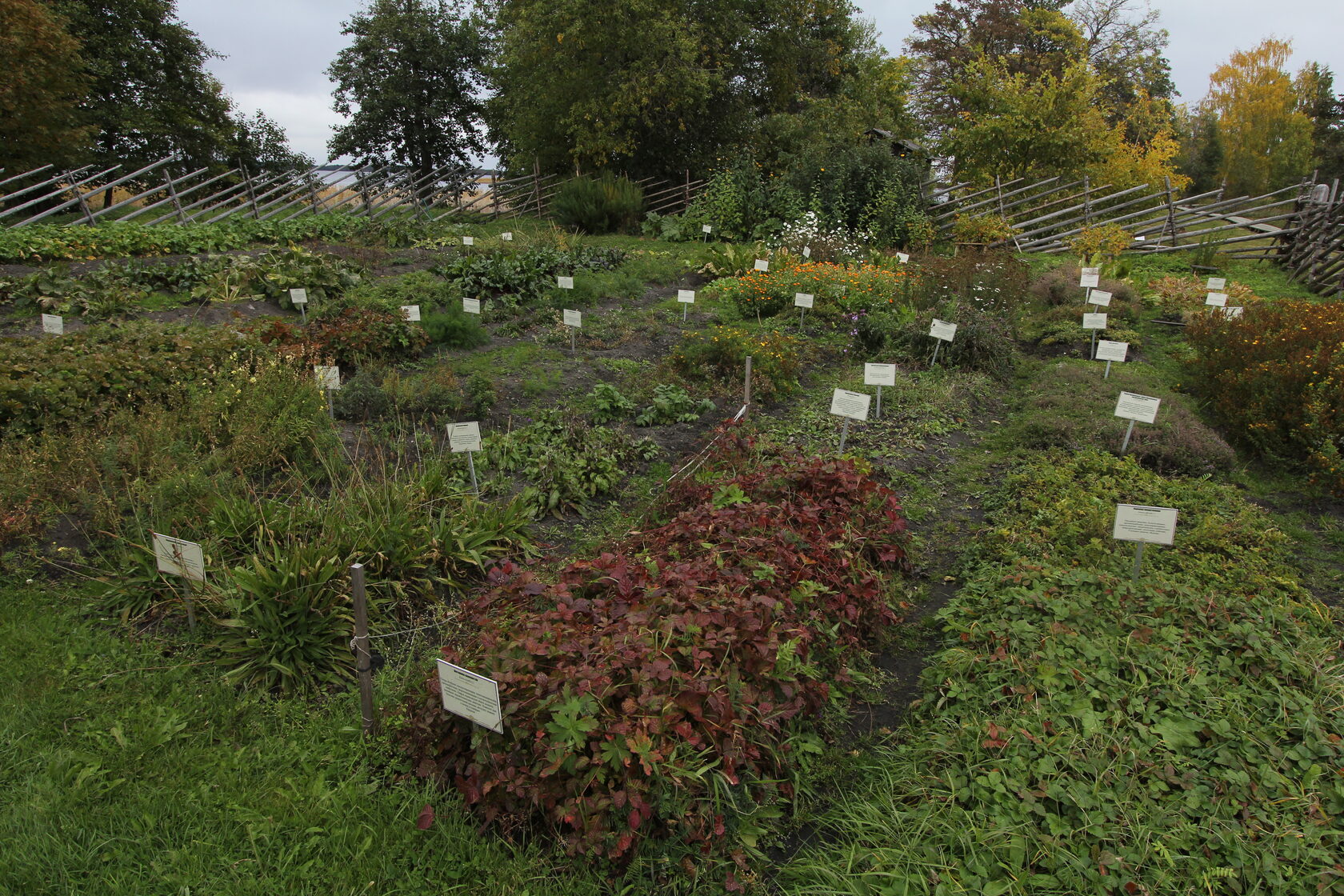
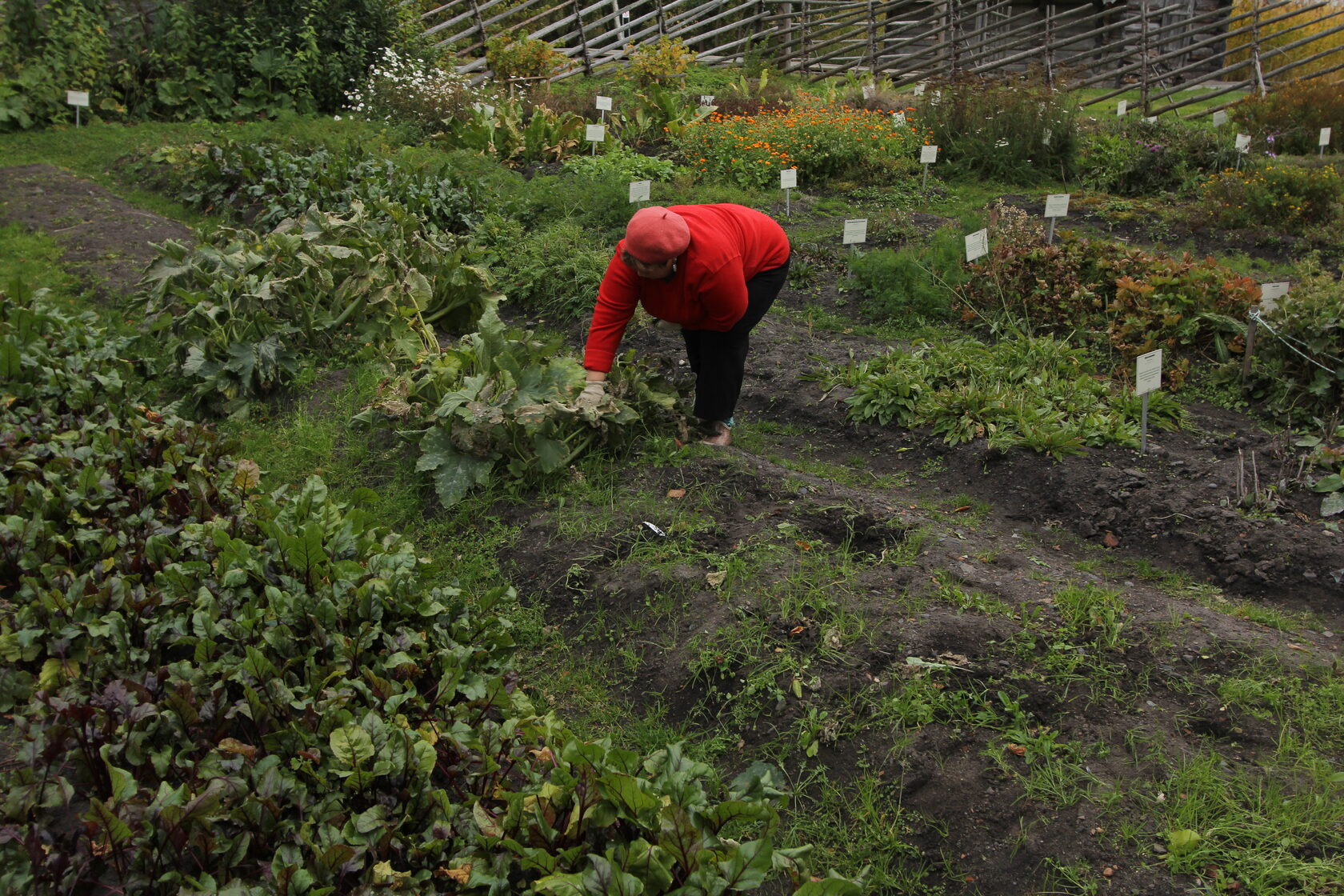
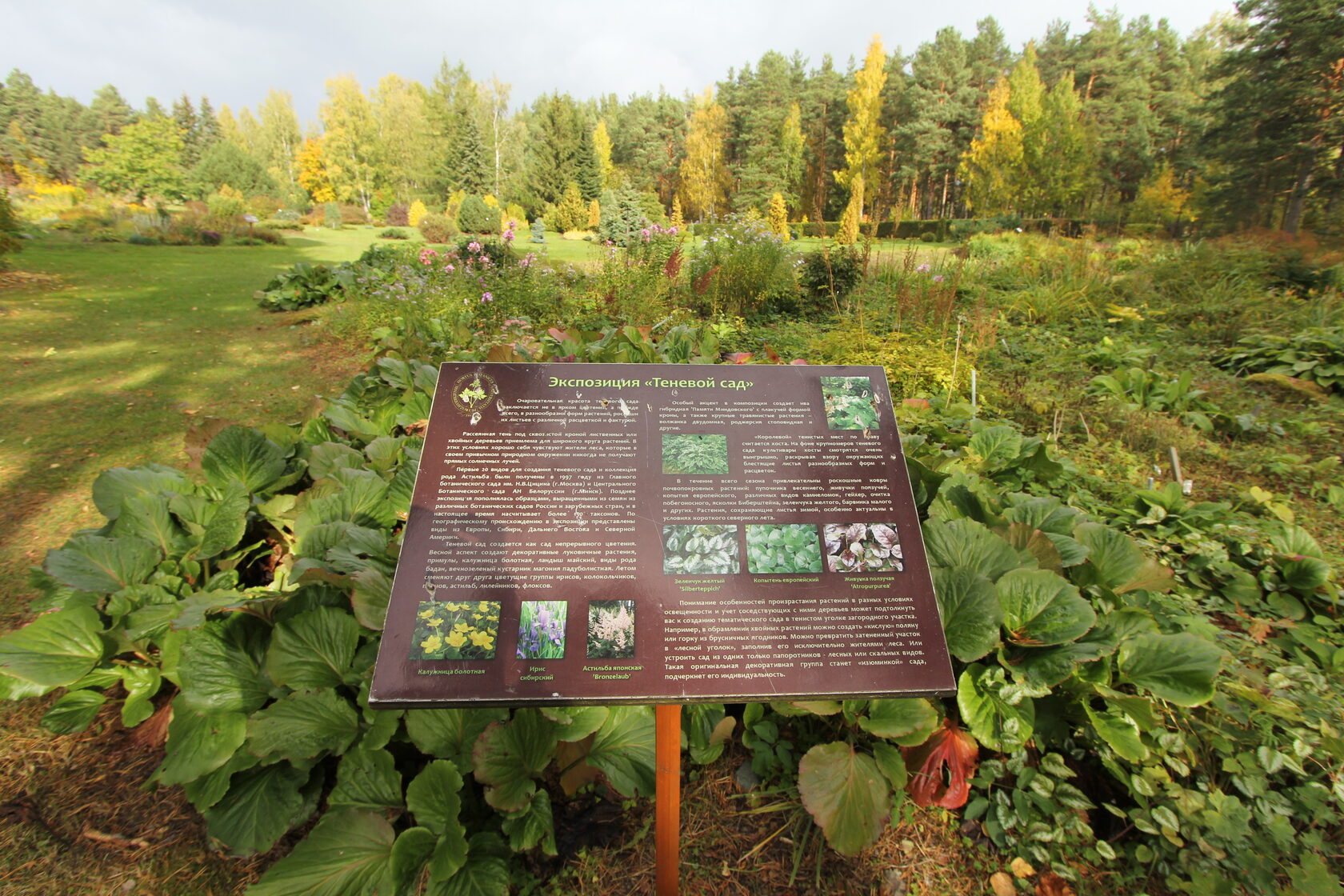


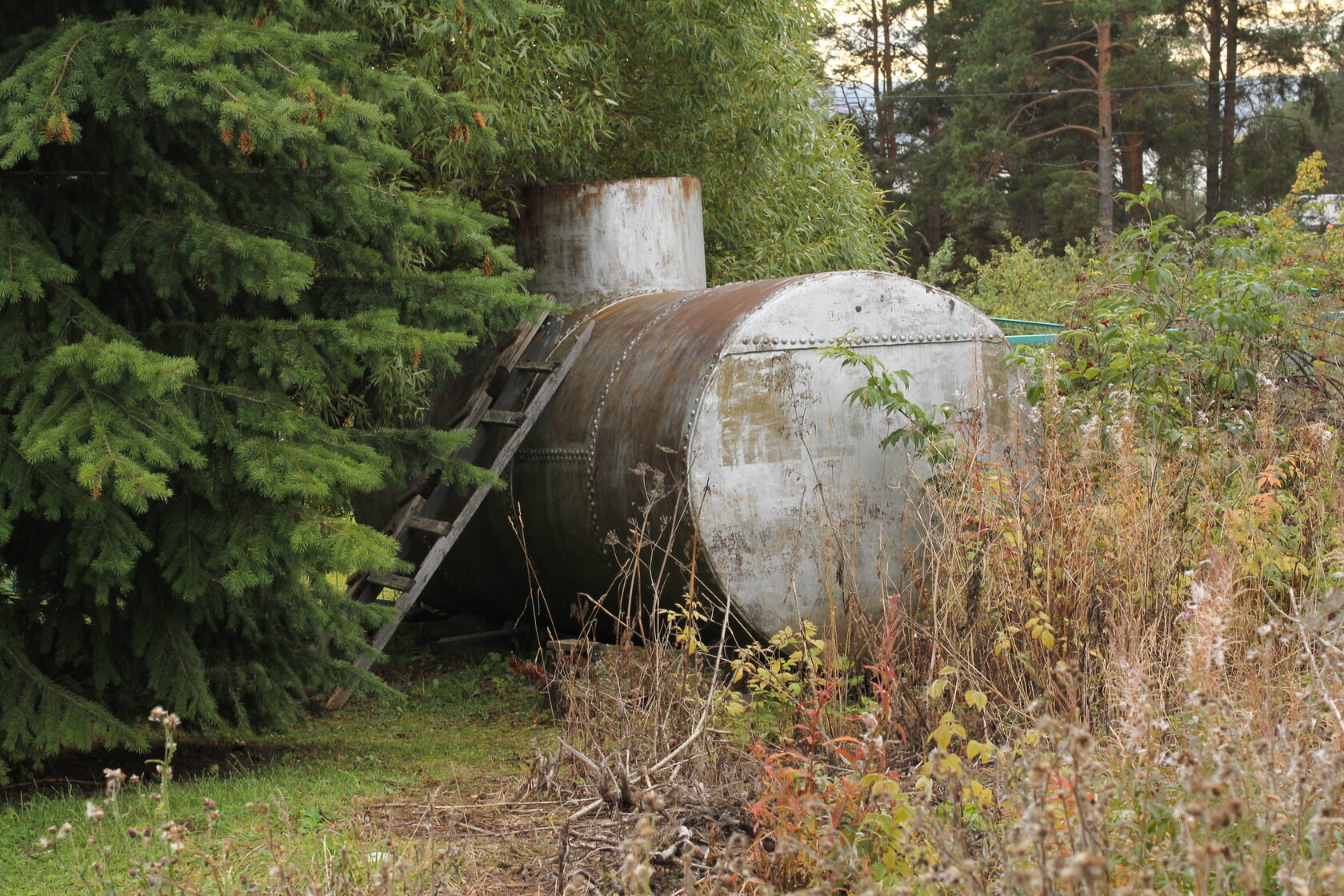

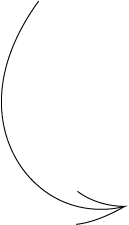


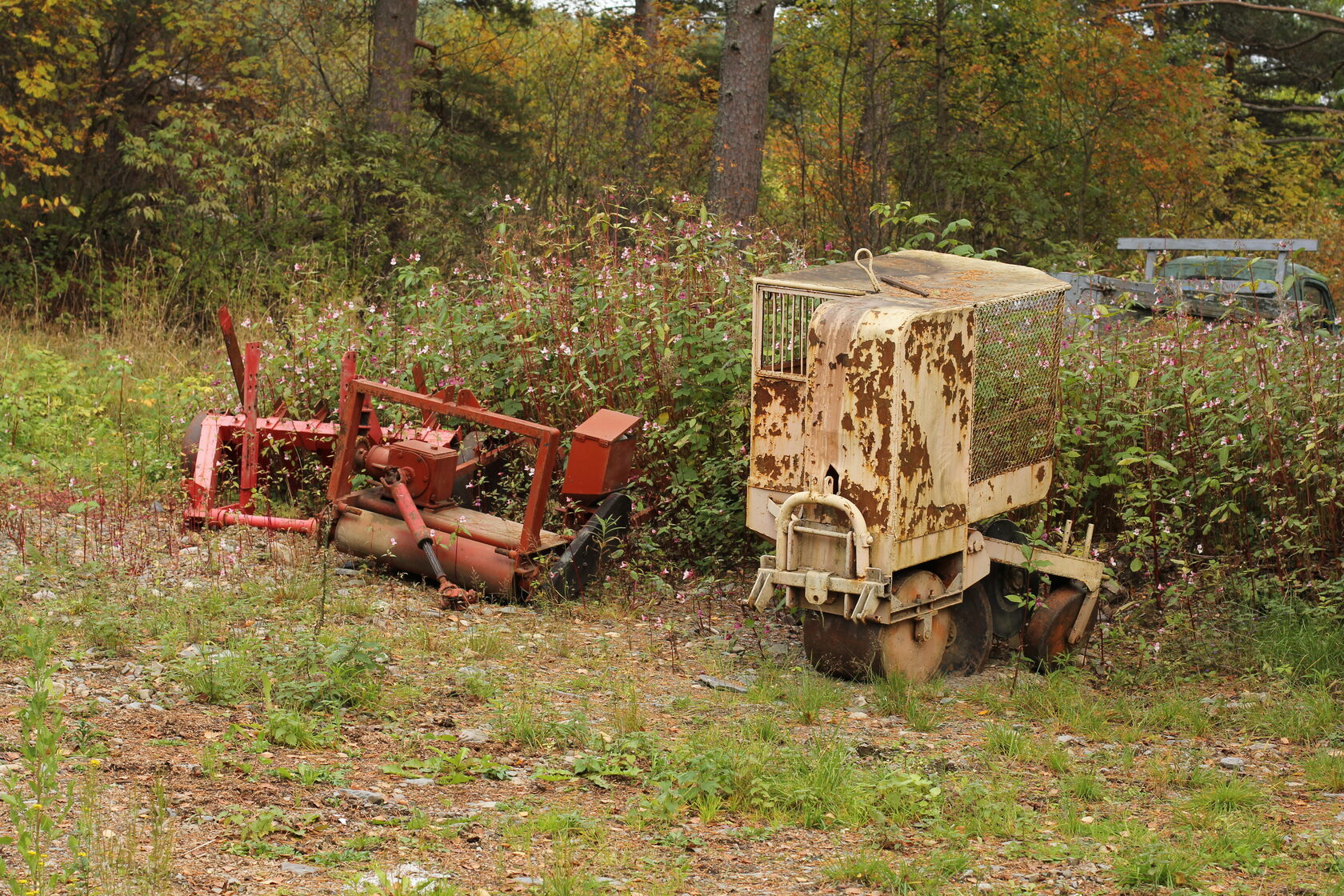
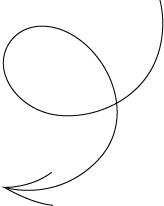
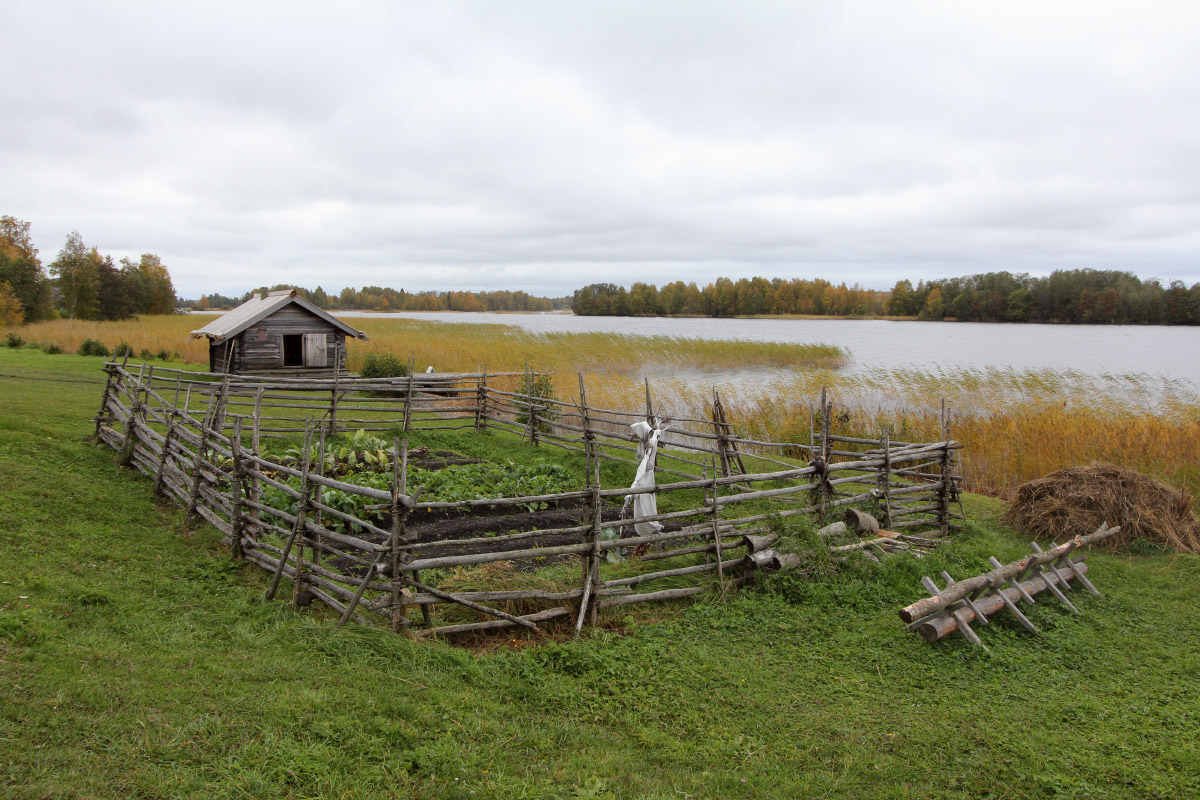
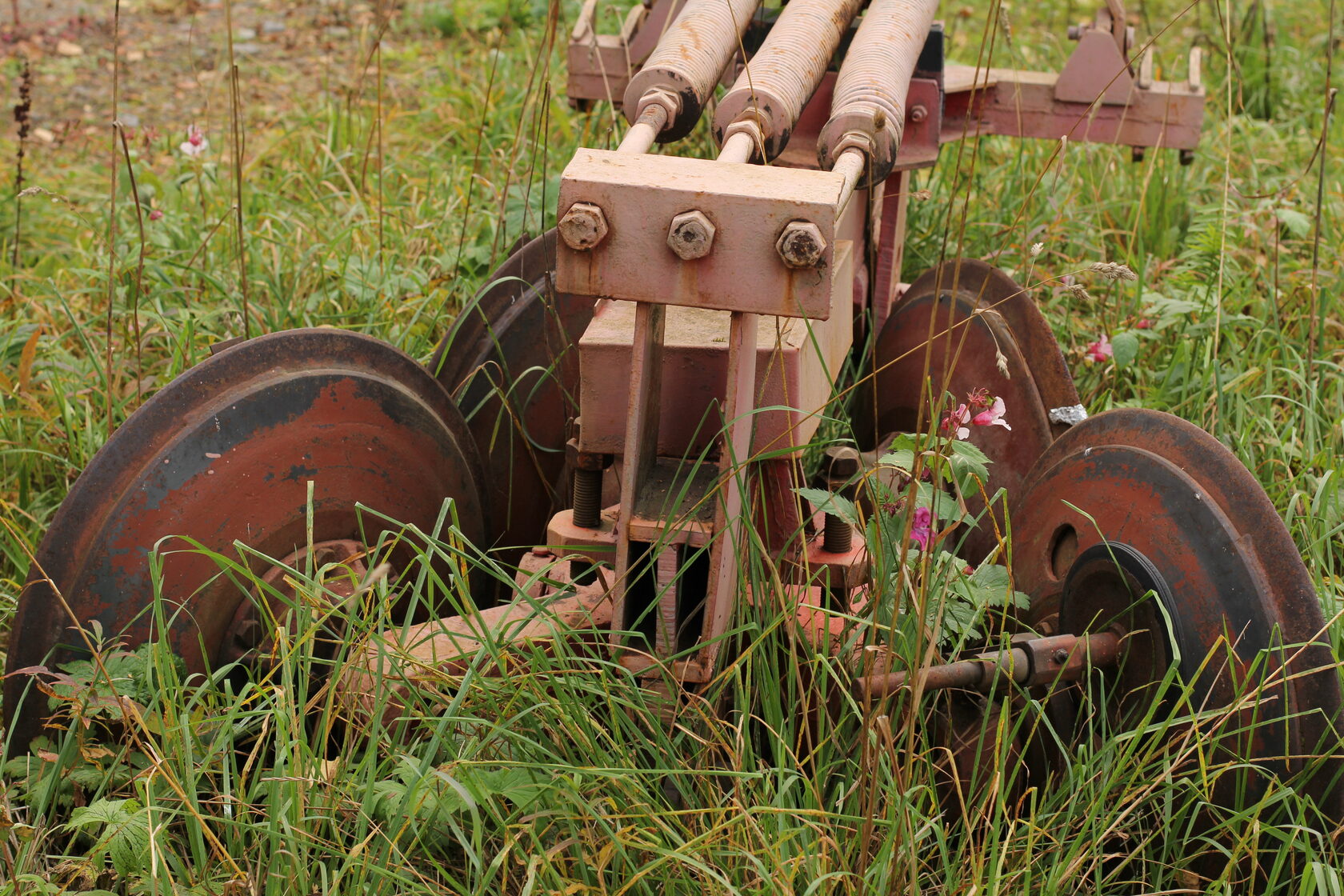
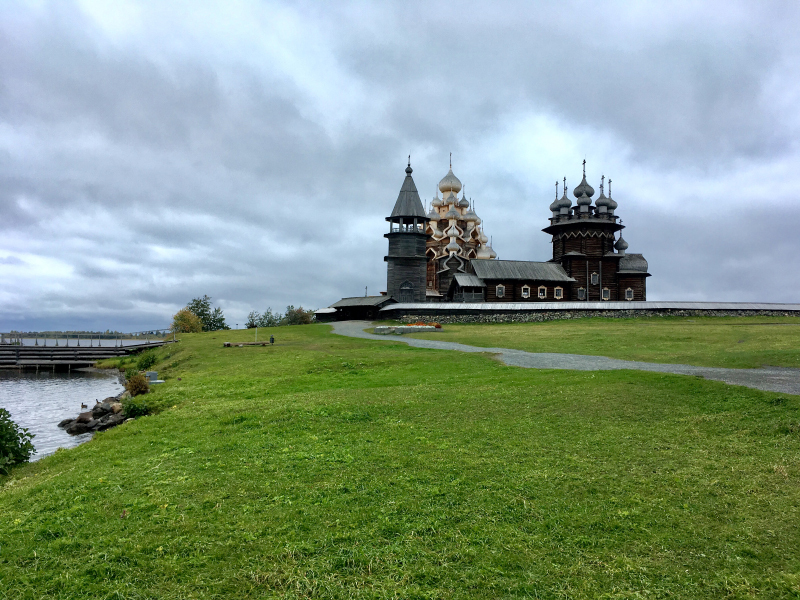
photo by Nataly Lakhtina

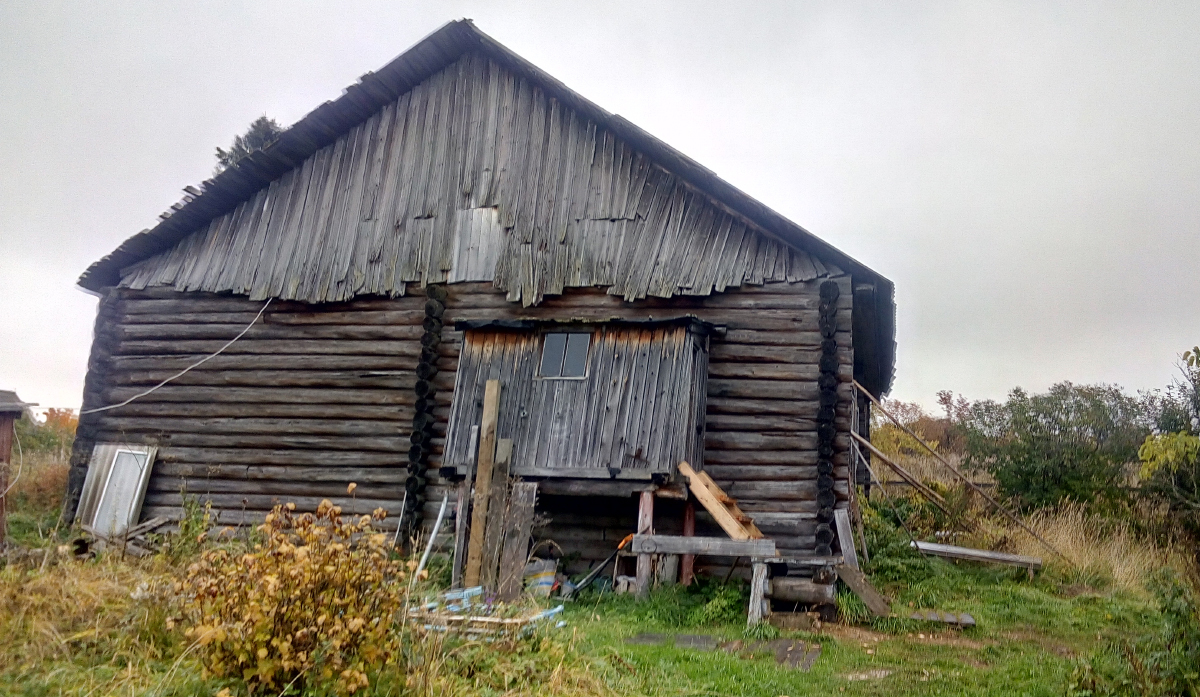
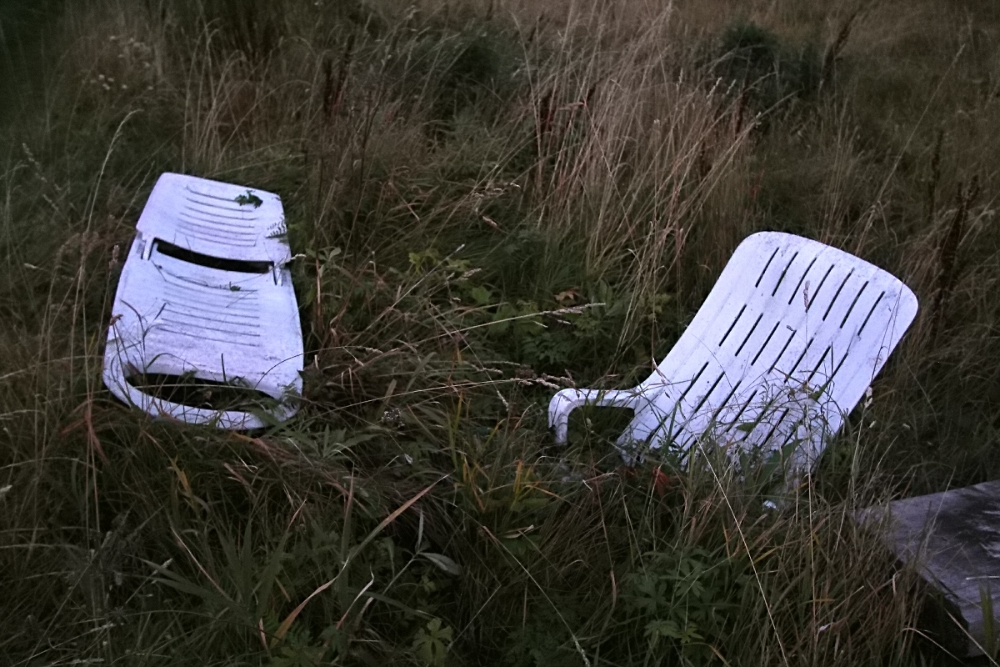

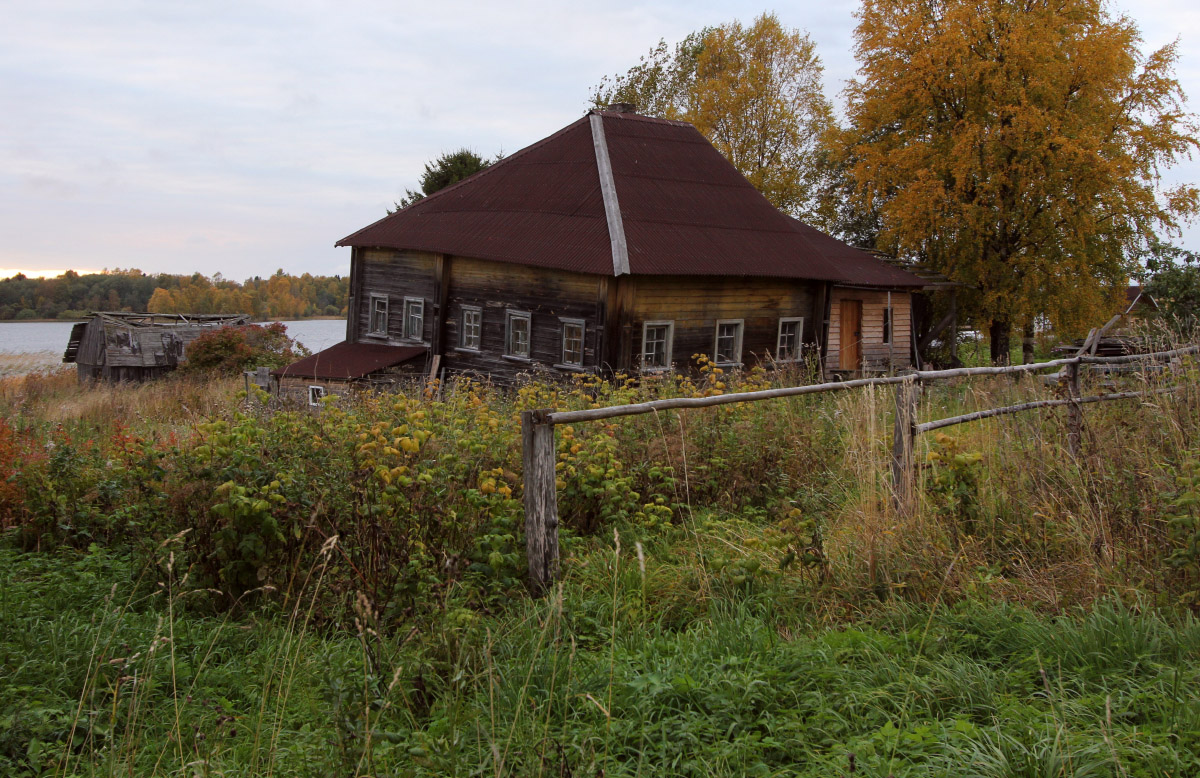


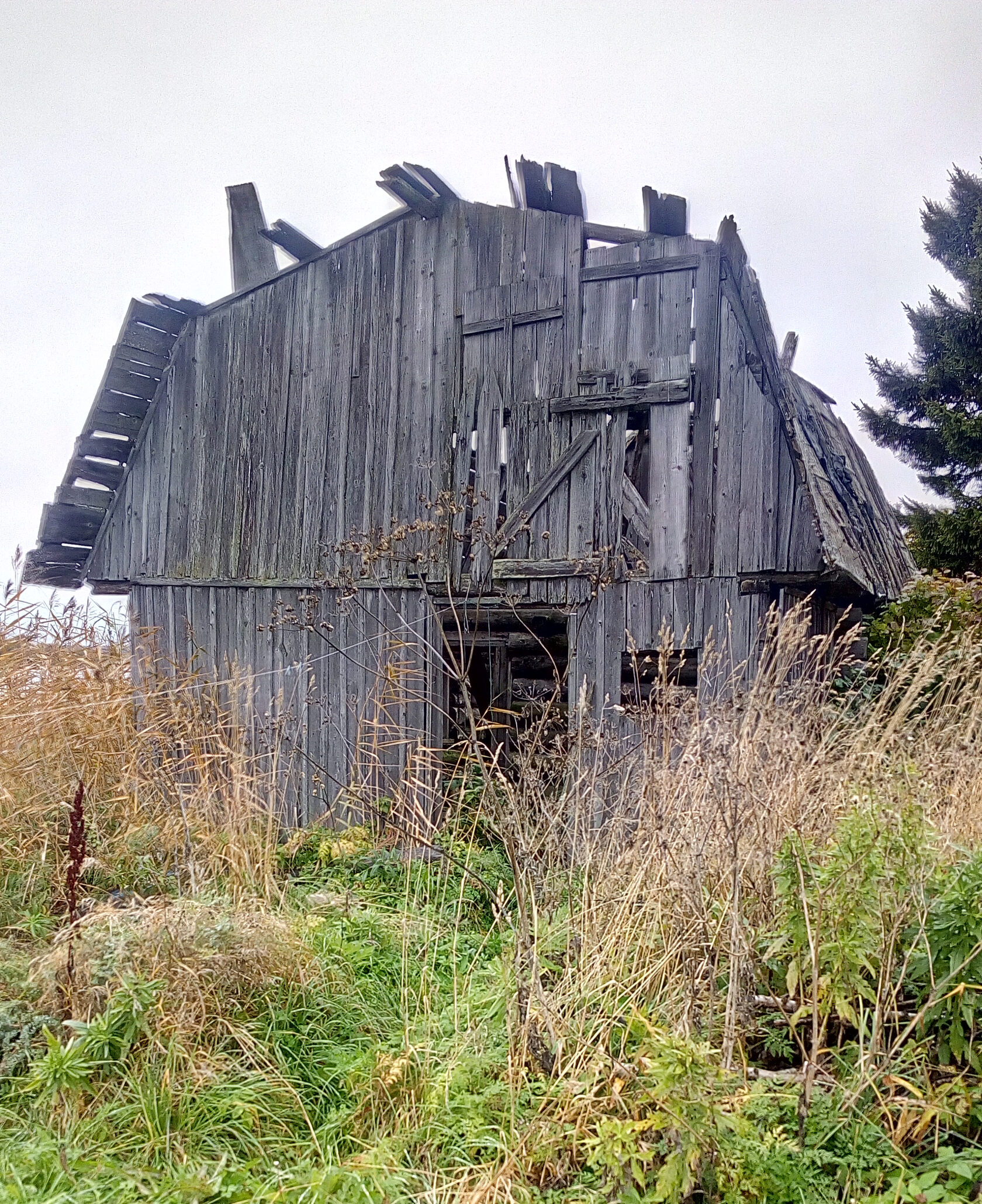

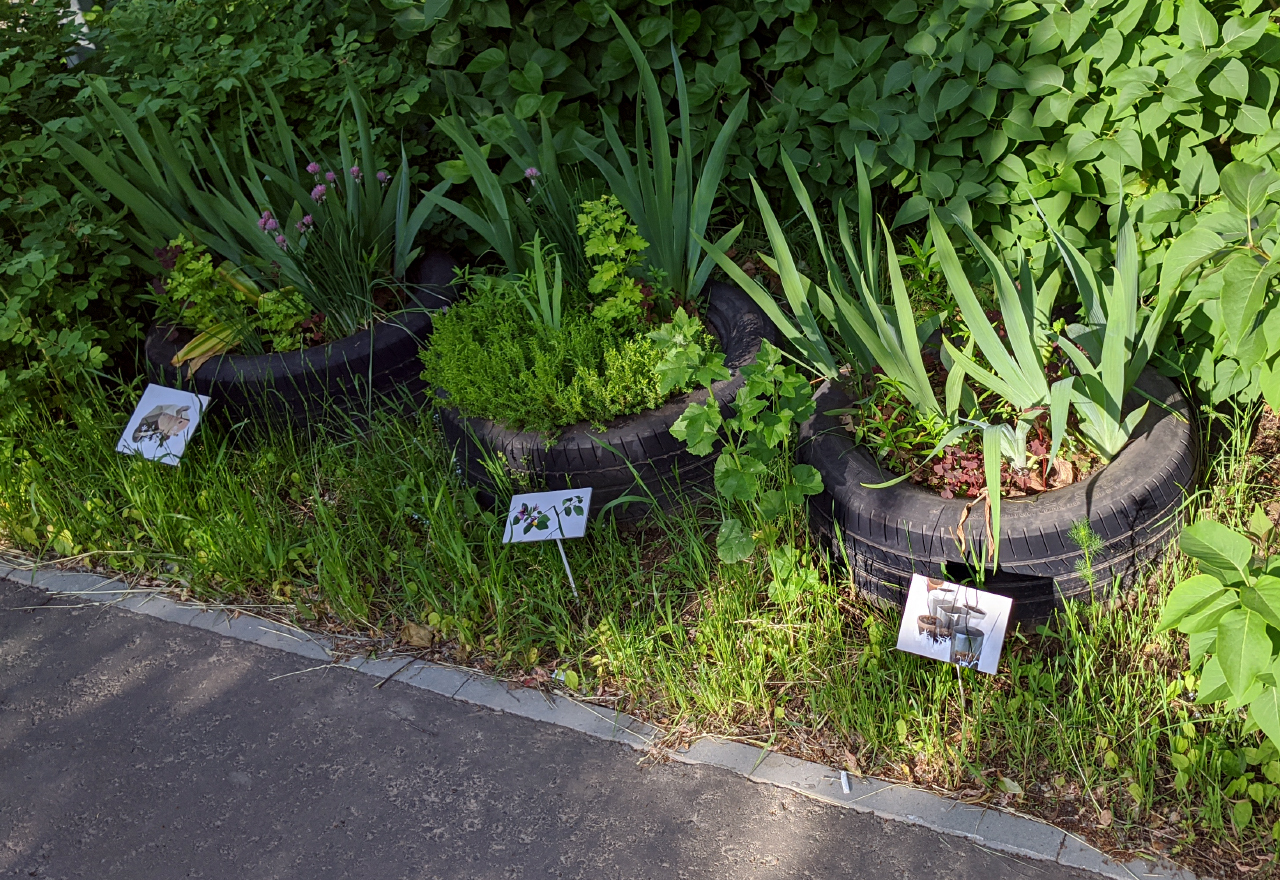

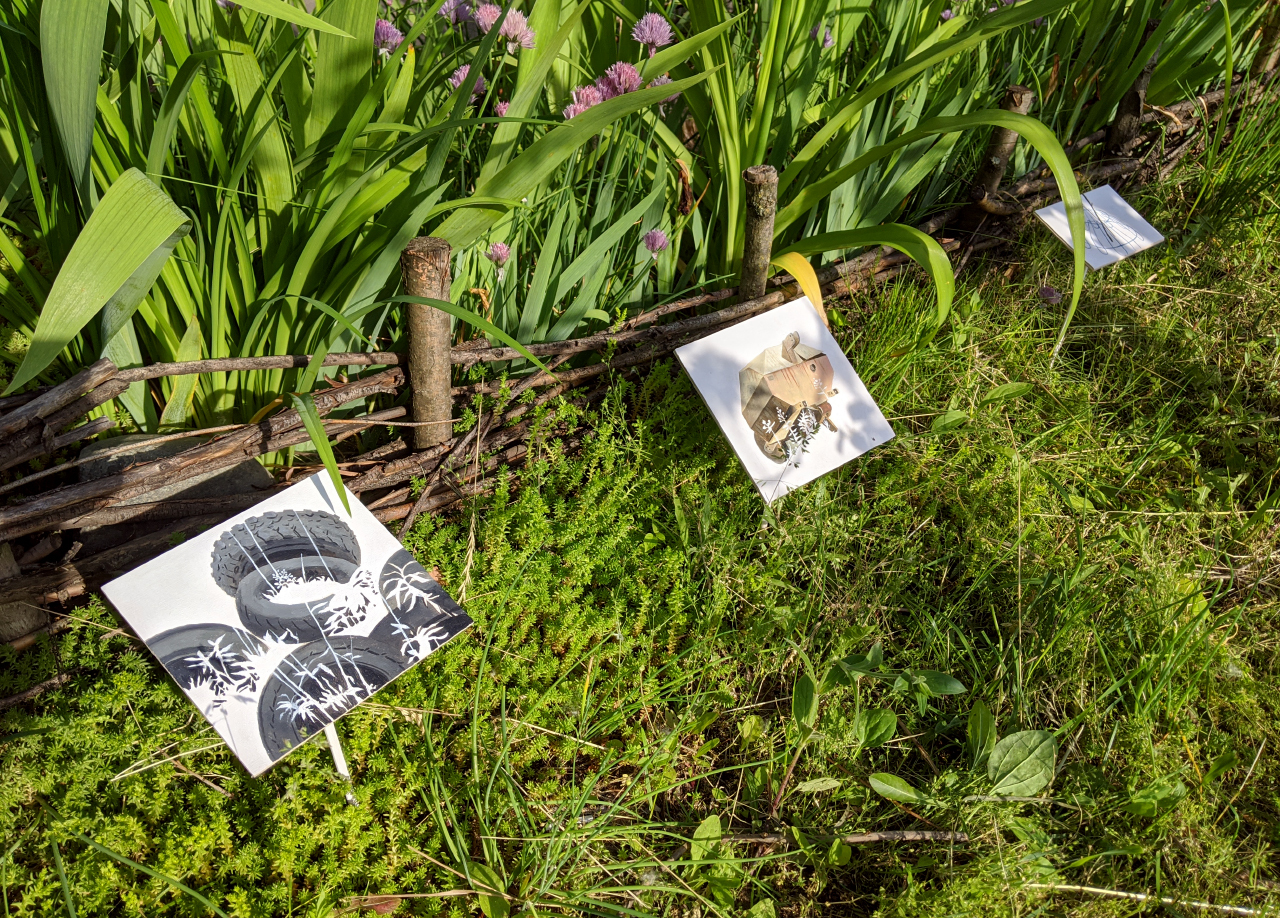
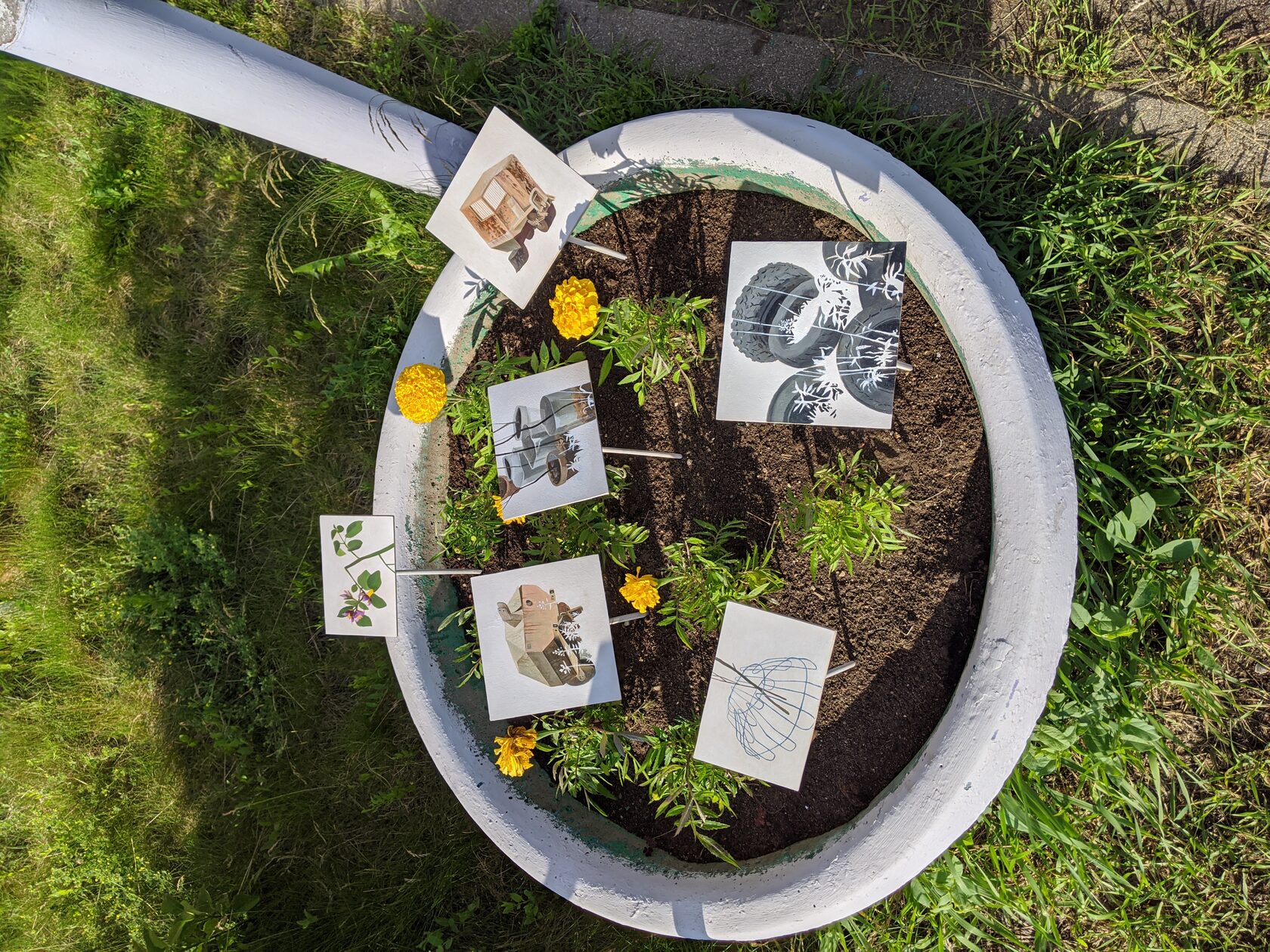
the insufficiency of knowledge?
